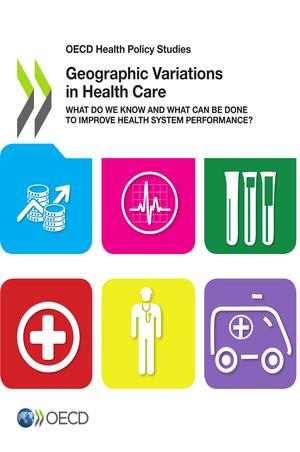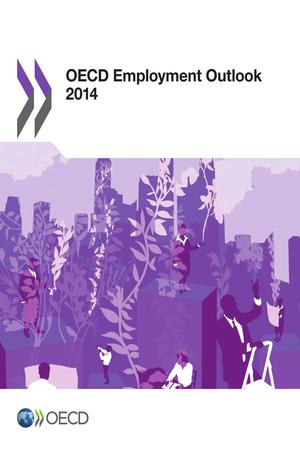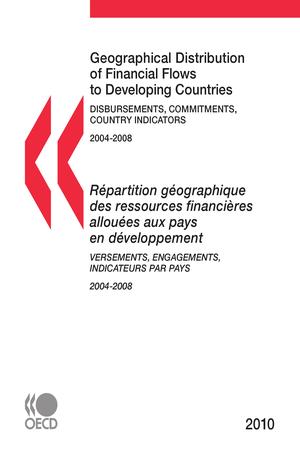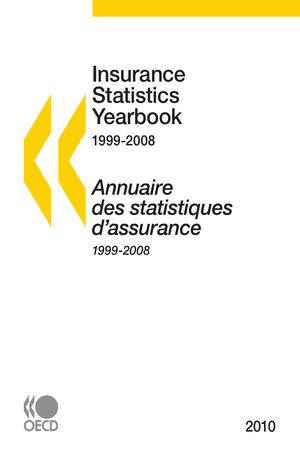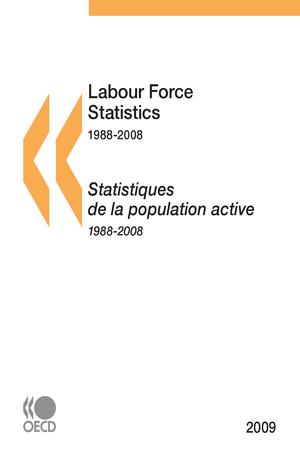Sweden reformed its labour migration management policy in 2008 and now has one of the most liberal labour migration regimes in the OECD. This book attempts to answer the question of whether Sweden’s labour migration policy is efficiently working to meet labour market needs that were not being met, without adversely affecting the domestic labour market. The review also examines the impact of the reform on labour migration flows to Sweden and on access to recruitment from abroad by Swedish employers.
After the reform, employers in Sweden were able to recruit workers from abroad for any occupation, as long as the job had been advertised for a nominal period and the prevailing collective bargaining wage and contractual conditions were respected. Overall, Sweden’s new system has not led to a boom in labour migration, although this somewhat surprising result may be related to the slack labour market. The faith in employers appears to be largely justified until now, although there are some vulnerabilities in the system which could be addressed, especially in monitoring workplaces not covered by collective bargaining, and marginal businesses. The particularities of the relatively highly regulated labour market in Sweden may mean that this model is not easily transferable to other countries, but lessons can be drawn for other countries.


